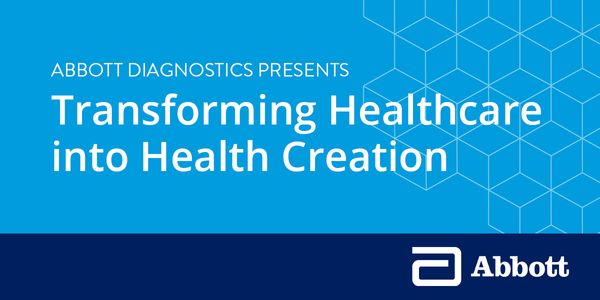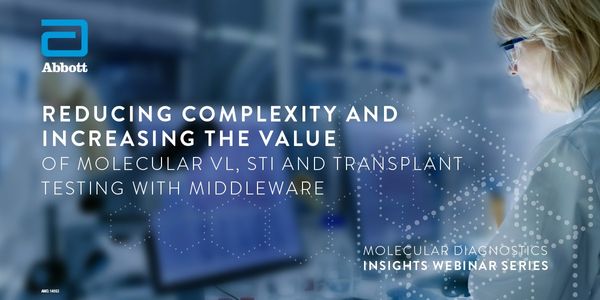Personalized Healthcare
Personalized Healthcare: A form of medicine that uses information about a person's genes, proteins, and environment to prevent, diagnose, and treat disease. In cancer, personalized medicine uses specific information about a person's tumor to help diagnose, plan treatment, find out how well treatment is working, or make a prognosis. Examples of personalized medicine include using targeted therapies to treat specific types of cancer cells, such as HER2-positive breast cancer cells, or using tumor marker testing to help diagnose cancer. Also called precision medicine.
-
FEB 27, 2020 | 10:00 AMDATE: February 27, 2020 TIME: 10:00am PT, 1:00pm ET Healthcare is no longer defined by treating patients during acute care episodes only. Healthcare is now defined by treating the person hol...The compendium of newly emerging and currently available hemophilia and anticoagulant treatments, while offering new choices for improved patient care, can create significant levels of inter...Speaker: Donna Castellone, MS, MASCP, MT(ASCP) SH
JAN 15, 2020 | 10:00 AM
DATE: January 15, 2020 TIME: 10:00am PST Genomics, personalized medicine and cost stewardship are just a few of the forces behind the need for better management of discrete testing informati...
Speaker:
Michael D. Sutch, CPHQ (NAHQ), PMP (PMI) and MT(ASCP)
Sponsored By: Abbott Molecular Diagnostic
NOV 21, 2019 | 8:00 AM
DATE: November 21, 2019TIME: 8:00am PSTA complex interaction among heterogenous immune and tumor cells within the tumorous tissue not only influences tumor progression, but can also sha...
The Laboratory Stewardship Committee of the Cleveland Clinic is a multidisciplinary team of clinicians, pathologists, administrators, nurses and other caregivers. The team has a commitment t...
Speaker:
Gary Procop, MD, MS
Part 1: Sustainable health and laboratory medicine; Presented by Professor Damien GrusonSummary: PendingPart 2: Let’s talk about errors in point of care testing in mobile health...
Speaker:
Anna Fuezery, PhD, DABCC, FCACB
, Damien Gruson, PhD
Thyroid autoimmunity (TAI) tends to be more common in women consulting for fertility problems. However, any underlying causal mechanism connecting TAI to fertility aspects is yet to be establ...
Speaker:
David Unuane, MD, PhD
Breast cancer is the most frequently occurring form of cancer in women. While 5-year survival rates for localized disease approach 99%, cases of advanced breast cancer have a much poorer pro...
Speaker:
Benjamin Chaffey, PhD
Thyroid function tests play a central role to assess thyroid function and are valuable companions for clinicians. The evolution of the tests is permanent and clinical laboratories are key pla...
Speaker:
Damien Gruson, PhD
Applying machine learning methods to structured, expert-curated content from scientific literature is a powerful way to discover latent knowledge. Building on the QIAGEN Knowledge Base, we us...
Speaker:
Jeff Green
Random drug testing is used as a preventive and detection tool for drug or alcohol use, and medication compliance in the monitoring of regulatory and treatment compliance monitoring. Urine sc...
Speaker:
John Furman, PhD, MSN, COHN-S
























